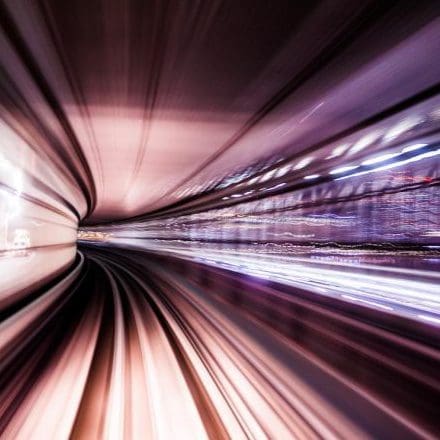
Walking down the avenue on a bright sunny morning and you notice that crescent-iris flower with a crimson butterfly on it…omg…wait…that perfect moment…pulling out your phone…camera…snap snap…instagram…hashtags…blah blah. It’s as simple as it sounds.
Digital photography has established itself to such an extent that today you don’t need anything more than your smart phone to click a decent photograph. But then, to a lesser lot, that is, those people standing beyond that line and can perceive quality and professionalism, photography is a lot more than just ‘snap snap’.
Although digital SLRs are the top-notch in performance, these days, mid-range smartphones and common point-n-shoot cameras provide manual control over your results too.
The three basic elements which decide how good a photograph will be are: aperture, shutter-speed and ISO. It is at the intersection of these three elements that an image’s exposure is worked out. Most importantly – a change in one of the elements will impact the others. This means that you can never really isolate just one of the elements alone but always need to have them integrated in your picture for it it be perfect.
Most commonly, it is the shutter-speed which goes out of control for users preferring manual control. And this may not pose a problem, unless the subject is in motion. However, motion is not always bad, as in motion blur effects, which at times can be pretty impressive.
So after referring to some online tutorials, I’ve compiled a list of common scenarios and respective shutter speeds to be used in them, to get the crispest and clearest results.

- Freezing cars and motorcycles – Shutter-Speed (1/1000)sec
- Freezing runners and athletes – Shutter-Speed (1/500)sec
- Freezing slow-moving animals or people walking – Shutter-Speed (1/250)sec
- Panning cars and motorcycles – Shutter-Speed (1/125)sec
- Panning mountain bikes close to the camera – Shutter-Speed (1/60)sec
- Panning fast-moving cyclists at a distance – Shutter-Speed (1/30)sec
- Panning runners, moving animals or kids – Shutter-Speed (1/15)sec
- Blurring people walking – Shutter-Speed (1/8) to (1/4)sec
- Milky-water effect – Shutter-Speed 1 to 3 sec
- Light-trails and night-sky Shutter-Speed (more than 3 sec depending on need and available light)

 The possibilities are endless. Get your camera, go out, explore and be creative. But always try to keep a watch on the other two elements as integrating them in your image is important as well.
The possibilities are endless. Get your camera, go out, explore and be creative. But always try to keep a watch on the other two elements as integrating them in your image is important as well.
Happy clicking.
[Sources : www.digitalcameraworld.com; www.digitalphotographyschool.com; images from search engine]










Be the first to comment